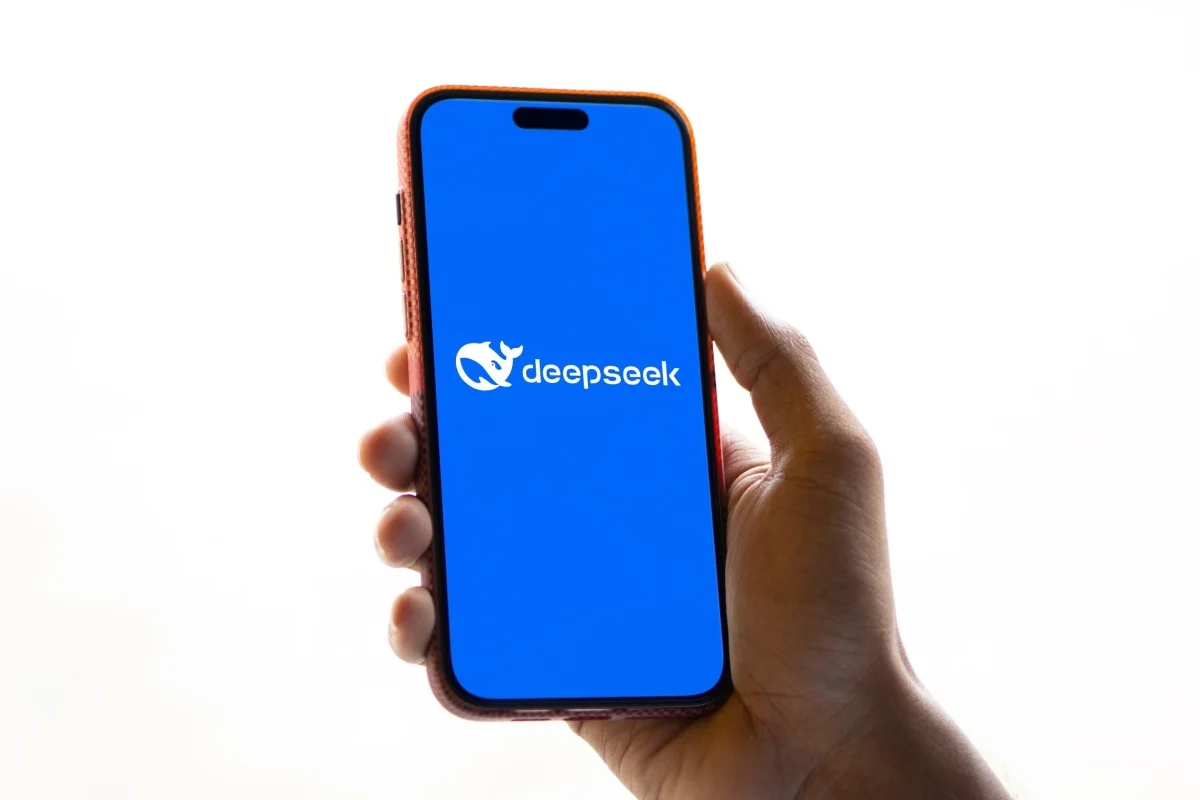Revolutionizing Avionics Development and Procurement with DeepSeek AI

Global Avionics Update: The Impact of DeepSeek on the Aviation Industry
Introduction to DeepSeek
The introduction of DeepSeek, a groundbreaking artificial intelligence (AI) model, has generated considerable excitement across various sectors, particularly in avionics. This innovative technology offers capabilities that many experts believe will profoundly impact the development and procurement of avionics systems. With advanced learning algorithms and predictive analytics, DeepSeek is poised to accelerate changes in the aviation landscape.
The Emergence of Autonomous Avionics
DeepSeek is developed by a startup based in China and showcases an exceptional capability to process large amounts of data with reasoning that closely resembles human thought processes. One of its notable features is its cost-effectiveness, boasting chips that undercut prices from many established U.S. technology firms. This competitive edge has caused a stir in Silicon Valley, prompting companies to rethink their strategies.
The potential implications for avionics development are significant. By harnessing AI, avionics systems can enhance real-time decision-making, thereby easing the pilot’s workload and enhancing flight safety. Major aviation companies, such as Airbus and Boeing, are already looking at integrating DeepSeek into their systems for improvements in automated navigation, predictive maintenance, and even cybersecurity.
As both established firms and new startups explore ways to integrate DeepSeek into their research and development (R&D) processes, it’s worth noting that smaller companies might face challenges. Access to cutting-edge AI technology often comes with high costs or necessitates exclusive partnerships, which may limit their flexibility and innovation potential.
AI-Enhanced Efficiency for Airlines
For airlines, DeepSeek’s predictive maintenance features could be game-changing, especially for those focused on reducing operational costs. By analyzing extensive datasets, DeepSeek has the capability to predict potential avionics issues before they arise. This proactive approach could lead to minimized downtime and improved fleet reliability, key priorities for operators focused on efficiency and safety.
Despite the appealing attributes of AI-driven systems, there are concerns. Some pilots and their unions might resist fully automated solutions due to fears regarding job security and an over-dependence on machine intelligence. Such resistance could create challenges as the industry navigates the adoption of this technology, particularly in commercial aviation.
Transformations in the Supply Chain
If DeepSeek becomes widely adopted in avionics procurement processes, it could lead to a significant shift in how airlines and military organizations select their equipment. AI-enhanced procurement strategies can streamline selection procedures, placing an emphasis on systems that demonstrate superior predictive maintenance capabilities and adaptability.
For defense contractors, the stakes are equally high. Governments may start favoring suppliers who successfully integrate AI technologies like DeepSeek into their offerings. This competitive shift could marginalize companies that are slow to adopt AI improvements, potentially disrupting established business relationships.
Conclusion
The integration of DeepSeek into the avionics sector could change the industry dramatically in terms of faster development cycles, increased demand for enhanced systems, and new procurement methodologies. However, the ability of all stakeholders to adjust to this technological advancement remains to be seen, particularly against the backdrop of geopolitical considerations linked to the technology’s Chinese origins.






